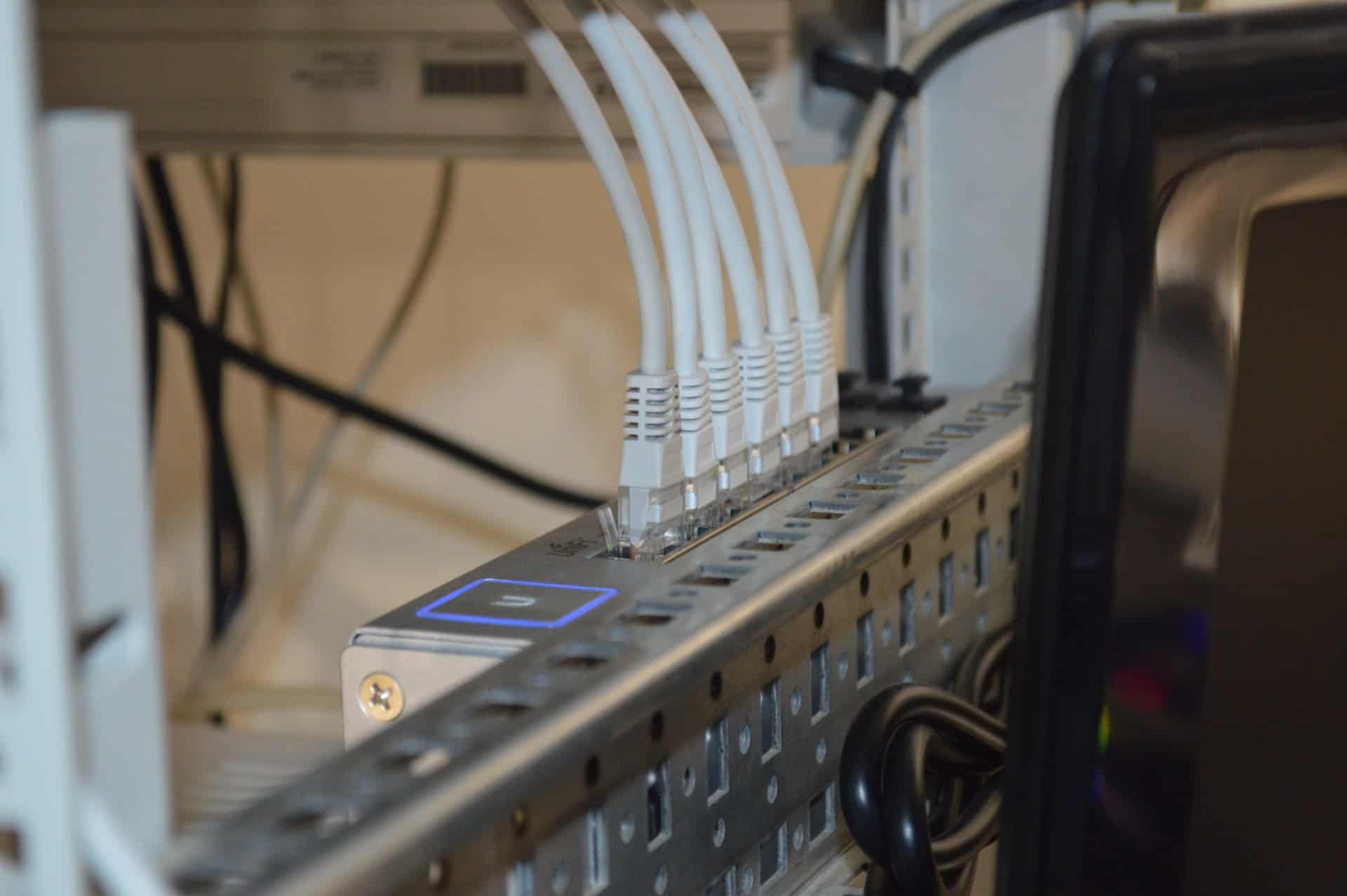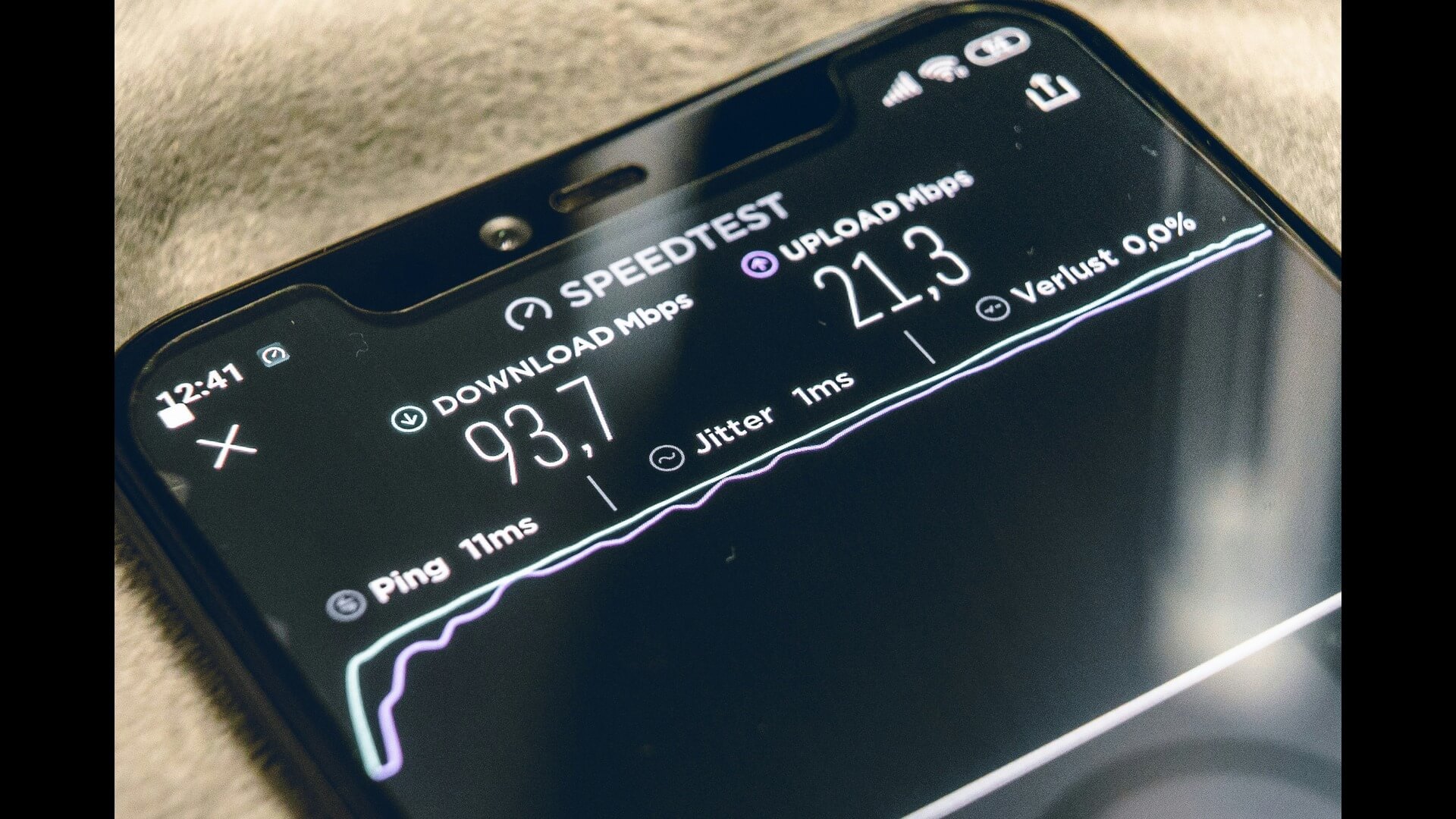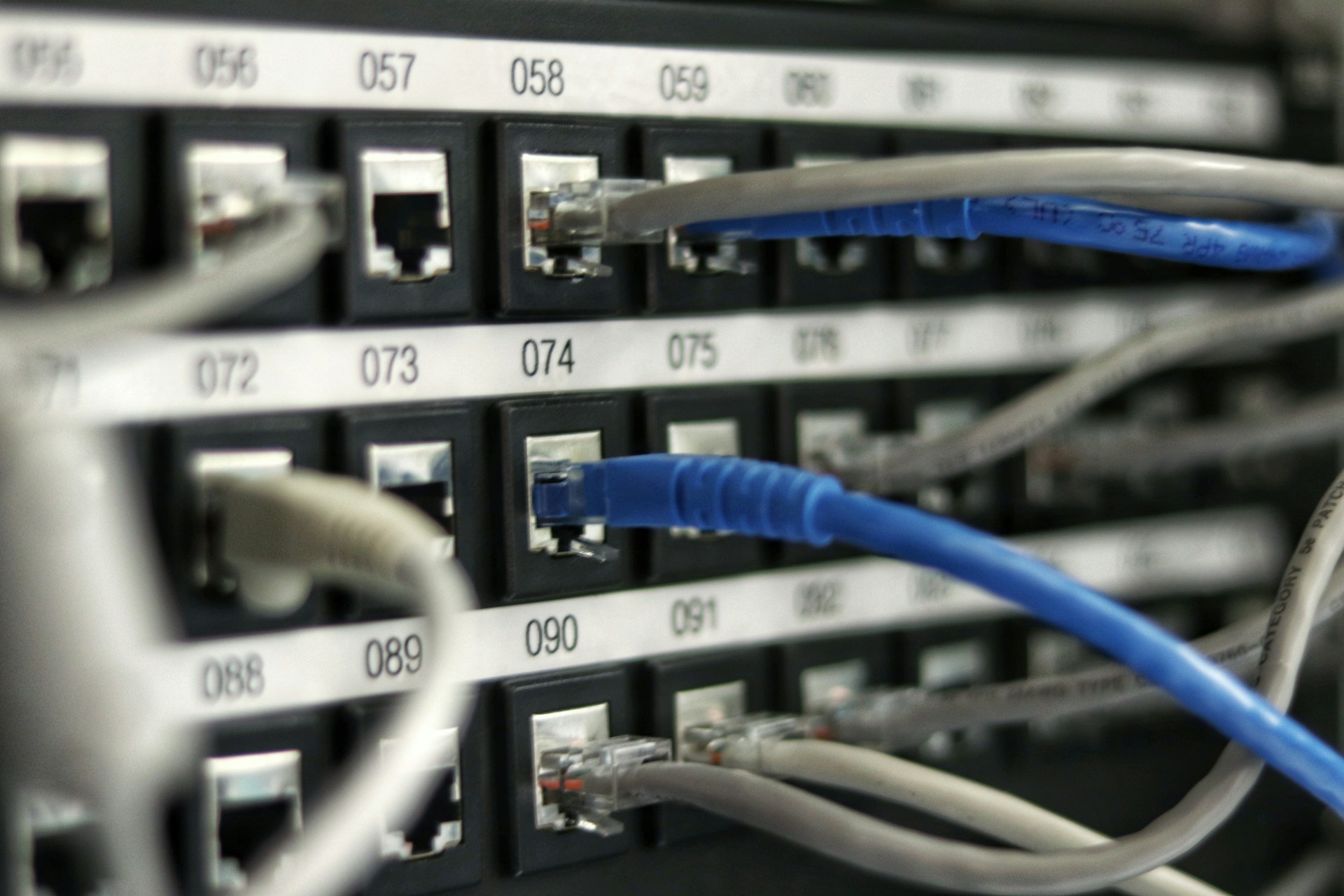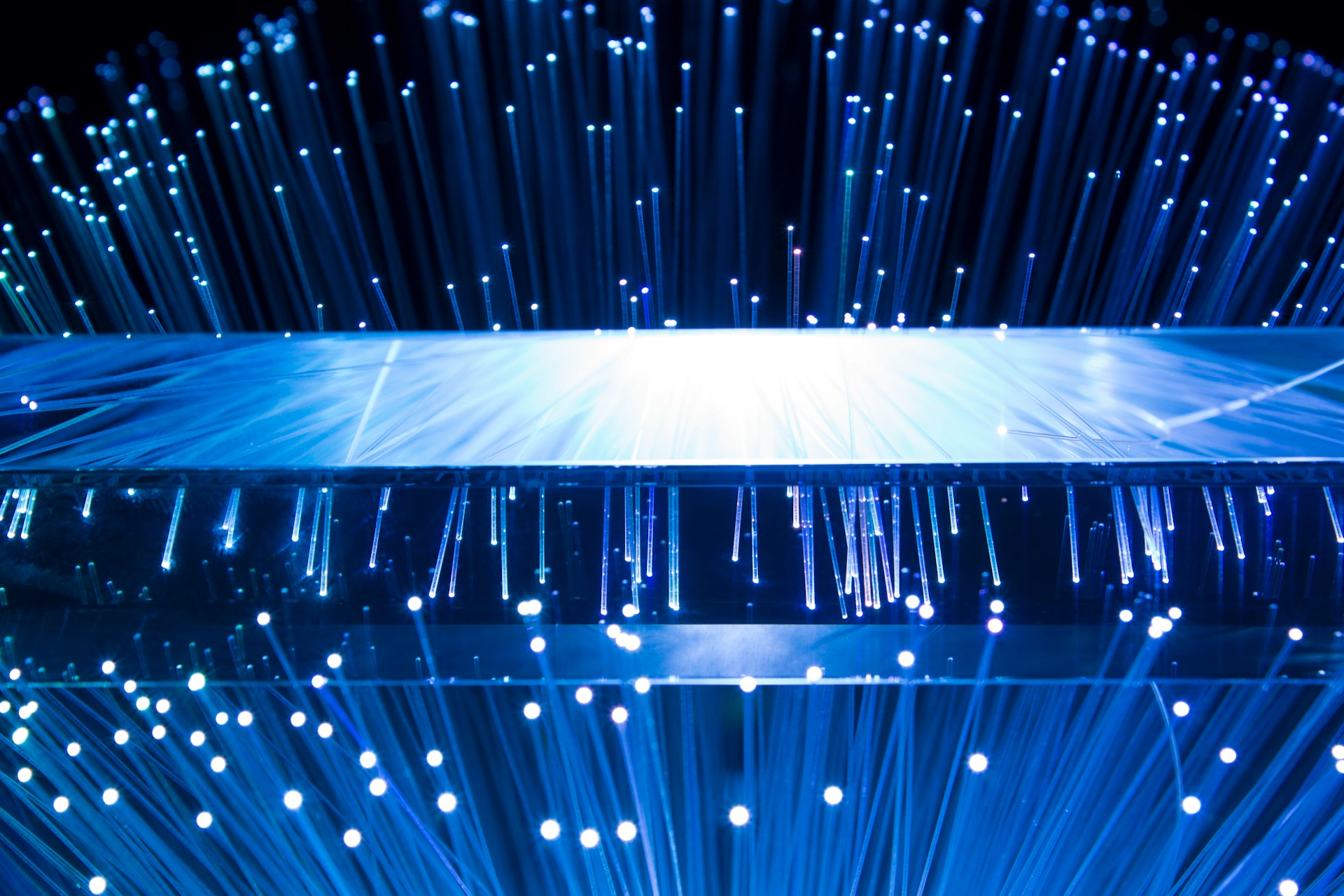
What Is IoT Connectivity? Your Fundamental IoT Questions Answered
February 11, 2023 - Lou Farrell
Revolutionized is reader-supported. When you buy through links on our site, we may earn an affiliate commission. Learn more here.
Have you ever wondered, “What is IoT connectivity?”
There’s almost no limit to what the Internet of Things (IoT) can do. There are literally thousands of different ways to apply the IoT in industry and our personal lives. Businesses can improve their efficiency through smart data-gathering, while organizations and households alike can bask in the convenience of automating repetitive processes.
What is IoT connectivity, exactly? How does it work, and what combination of software and hardware is required to make it operate? Below is your answer to the question, “What is IoT connectivity?” along with some others, including what sort of connections are possible, the different technology standards in use today and why IoT connectivity is so valuable.
What Are Some Examples of IoT Applications?
There are far too many Internet of Things applications for any single article or TED Talk to unpack them comprehensively.
However, the best places to look for worthwhile places to deploy IoT hardware and software are areas where human beings lack accessibility, insight or consistency. Places we can’t readily see or reach — and work that requires repeatability and precision are great places to add IoT tech. Here are some examples of ways to use IoT connectivity as our eyes and ears, and to pave the way to automation in key tasks and industries.
Remote Inspection
Whether underwater installations or solar and wind farms, humans can’t be everywhere. Drones with IoT connectivity let us conduct inspections and gather data, wirelessly and in real-time. The value IoT-equipped drones bring to the infrastructure management industry could be immense.
Home and Facility Management
Everything — from solar panels and water faucets to coffee makers and toilets — has IoT connectivity options these days. Facility managers can receive automatic notifications of water-pressure problems, for example, or homeowners can monitor their power usage.
Connected and Smart Vehicles
Connected cars and trucks haven’t yet explored the furthest reaches of IoT’s potential. In the near future, the IoT will unite computers in cars with traffic lights and other infrastructure to coordinate autonomous cars and achieve more efficient traffic flow. This will require a careful convergence of private and public networks, but it could make cities safer and more convenient to traverse by foot and by car.
Agriculture
Farmers stand to gain a lot from the Internet of Things. Installing IoT sensors across plots of farmland gives farmers insights into weather patterns, soil health and pest incursions. Having this data lets them use synthetic and natural resources more judiciously and cost-effectively.
Shipping and Supply Chain
The logistics and supply-chain processes we all rely on for goods and services has many moving parts. From conveyor belts to order pickers in warehouses to fleet trucks making deliveries, the IoT can be everywhere. Fortunately, decision-makers have access to various IoT products that let them choose the best route according to field data, coordinate orders to maximize warehouse or truck capacity, and help each process work alongside the others harmoniously.
How Do People Benefit From the IoT?
For these various IoT sensors, controllers and other technologies to work as intended, they must be networked together. They can then exchange information and get networked to a “home base.” What exactly a “home base” is depends on who you are and what you want to do with the IoT.
You might be a warehouse manager relying on enterprise-planning software. Then, IoT tech deployed across your inbound and outbound logistics departments will populate that software with meaningful insights gathered in real-time so you can make timelier decisions.
Alternatively, you might be a startup owner looking to automate processes in your building and monitor its usage of various materials and resources. There are decent tax breaks to be had if your building abides by eco-friendly management practices.
Perhaps you’re a homeowner who wants to use the IoT as a way to automate the things you do the most, like changing lighting, closing your blinds at night and making coffee in the morning. Your primary IoT interface is probably a home-management hub from Google, Samsung or Apple. You’ll see data and interfaces from each of your installed and online devices in these hubs.
Think of the IoT as the gateway to real-time data-gathering capabilities and more capable types of automation. Below is a roundup of the various technologies that make it all work together seamlessly, no matter your mission.
What Are the Different Kinds of IoT Connectivity?
What is IoT connectivity without an actual way to make a connection? These are the most common types of IoT connections in use across the Internet of Things today:
Ethernet
Ethernet cables used to be a more common sight — and in certain industrial settings, they still are. They provide a highly useful IoT connectivity type, despite some drawbacks.
Advantages:
- Low-cost
- Easy to install
- Provides higher bandwidth than wireless options
- Uninterrupted internet connection
Disadvantages:
- Requires more extensive physical infrastructure
- The data transmitted over Ethernet isn’t fundamentally secure
Wi-Fi
Wi-Fi is just about everywhere these days, and for good reason. It’s a natural extension of, and possible complement to, Ethernet. The chief advantage of Wi-Fi is that not every location requires a physical connection via an Ethernet cable — only the routers.
Advantages:
- Even easier to install than Ethernet.
- Data transmitted over Wi-Fi is generally encrypted between Wi-Fi access points and end nodes or mobile devices.
Disadvantages:
- Wi-Fi is more prone to disruptions than Ethernet cables, which could leave businesses and processes in the lurch.
- Has higher power requirements than Ethernet deployments.
Bluetooth
Bluetooth is enjoying some time in the spotlight among IoT specialists and system engineers. It provides some unique benefits that other wireless and wired connection types do not.
Advantages:
- Ideal for low-power IoT applications (the device might use an onboard battery).
- Perfect for facilitating short, intermittent data exchanges between sensors in the field.
Disadvantages:
- Bluetooth only provides data transmission via short bursts and not continuously, which is ideal for some applications but a deal-breaker for others.
- The range is typically limited to a maximum of around 5 meters (16 feet).
Cellular Networks (5G)
5G has a good chance of replacing Wi-Fi as the default IoT connection standard in places where wired connections aren’t possible or desirable. IBM predicts that, as 5G becomes more mainstream, it will unlock new innovations throughout the IoT industry.
Advantages:
- Requires almost no on-site infrastructure; relies on national infrastructure instead.
- Offers a higher level of individual device control compared to other connection types.
- Offers far higher bandwidth capacity than previous-generation cellular networks.
Disadvantages:
- Connections made over 5G connections aren’t inherently encrypted or secure; those using 5G will require vigilant and possibly expensive cybersecurity solutions.
- Susceptible to infrastructure outages.
Other IoT Connection Protocols
There are several other types of IoT connectivity technologies worth mentioning, at least by name, such as:
- LPWAN cellular
- Zigbee
- Z-Wave
- Wi-Fi mesh networks
- RFID (radio-frequency identification)
- NFC (near-field communication)
Choosing between these hardware types and protocols means finding the line of best fit between reliability, bandwidth, desired range, and expected power consumption.
The Value of Real-Time Connectivity
What is IoT connectivity? It’s a range of capable technologies helping us work smarter and do more with fewer resources. Most homes and businesses have already adopted IoT connectivity in some form or another. With an expected compound annual growth rate of more than 25% until 2029 and an expected value of $2,465.26 billion by that time, it’s clear this technology is here to stay. What we do with it is only limited by our imaginations.
Revolutionized is reader-supported. When you buy through links on our site, we may earn an affiliate commission. Learn more here.
Author
Lou Farrell
Lou Farrell, Senior Editor, is a science and technology writer at Revolutionized, specializing in technological advancements and the impacts on the environment from new developments in the industry. He loves almost nothing more than writing, and enthusiastically tackles each new challenge in this ever-changing world. If not writing, he enjoys unwinding with some casual gaming, or a good sci-fi or fantasy novel.







